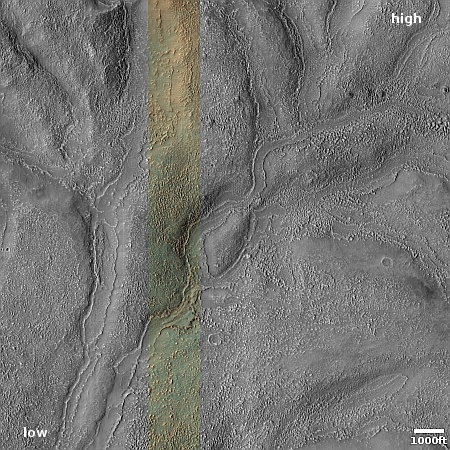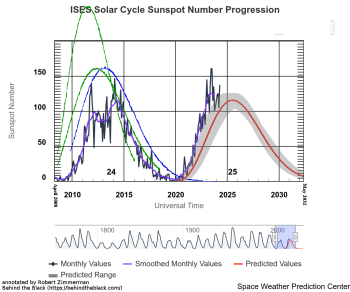Boeing/NASA now targeting a June 1, 2024 launch of Starliner
In a brief update posted today by NASA, the agency announced that Boeing, NASA, and ULA have a new 12:25 pm (Eastern) June 1, 2024 launch date for the first manned flight of Boeing’s Starliner capsule.
The announcement was incredibly obscure about what the issues are that have caused this additional week delay:
Work continues to assess Starliner performance and redundancy following the discovery of a small helium leak in the spacecraft’s service module. As part of this work, and unrelated to the current leak which remains stable, teams are in the process of completing a follow-on propulsion system assessment to understand potential helium system impacts on some Starliner return scenarios. NASA also will conduct a Delta-Agency Flight Test Readiness Review to discuss the work that was performed since the last CFT launch attempt on May 6, and to evaluate issue closure and flight rationale ahead of the next attempt, as part of NASA’s process for assessing readiness. The date of the upcoming Flight Test Readiness Review is under consideration and will be announced once selected.
It appears that engineers are worried the leak — which is linked to one of the attitude thrusters in the capsule’s service module — might impact the ability of Starliner to return to Earth safely. It also appears there is concern about the spacecraft sitting on the launchpad for more than a month, and an evaluation is on-going on whether this might be an issue as well.
I am guessing however. A more detailed explanation might be forth-coming after press update scheduled for 11 am (Eastern) tomorrow.
In a brief update posted today by NASA, the agency announced that Boeing, NASA, and ULA have a new 12:25 pm (Eastern) June 1, 2024 launch date for the first manned flight of Boeing’s Starliner capsule.
The announcement was incredibly obscure about what the issues are that have caused this additional week delay:
Work continues to assess Starliner performance and redundancy following the discovery of a small helium leak in the spacecraft’s service module. As part of this work, and unrelated to the current leak which remains stable, teams are in the process of completing a follow-on propulsion system assessment to understand potential helium system impacts on some Starliner return scenarios. NASA also will conduct a Delta-Agency Flight Test Readiness Review to discuss the work that was performed since the last CFT launch attempt on May 6, and to evaluate issue closure and flight rationale ahead of the next attempt, as part of NASA’s process for assessing readiness. The date of the upcoming Flight Test Readiness Review is under consideration and will be announced once selected.
It appears that engineers are worried the leak — which is linked to one of the attitude thrusters in the capsule’s service module — might impact the ability of Starliner to return to Earth safely. It also appears there is concern about the spacecraft sitting on the launchpad for more than a month, and an evaluation is on-going on whether this might be an issue as well.
I am guessing however. A more detailed explanation might be forth-coming after press update scheduled for 11 am (Eastern) tomorrow.






